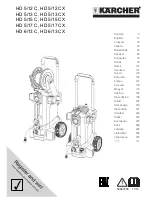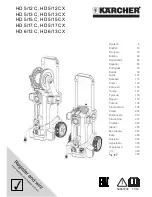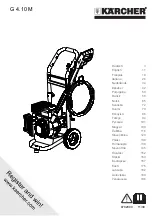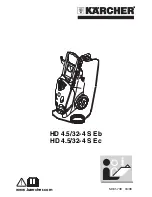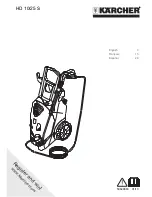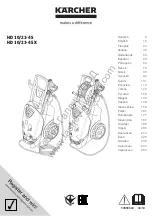
If the lid sticks or the canner leaks steam, try rubbing
the edges of the lid and kettle with a small amount of
cooking oil before sealing. If large amounts of steam
escape, check the gasket. A gasket that is worn,
stretched, or hardened should be replaced.
Gaskets and sealing rings
Handle canner lid gaskets carefully and clean them
according to the manufacturer's directions. Nicked or
dried gaskets will allow steam leaks during pressuriza-
tion of canners.
After each use of the pressure canner, remove the gas-
ket and wash it in warm, sudsy water. Rinse, dry, and
replace the gasket in the lid.
Gaskets on older-model canners may require a light
coating of vegetable oil once per year. Gaskets on
newer-model canners are prelubricated and do not need
oiling. Check your canner's instructions if you don't
know whether your gasket has been prelubricated.
Some gaskets can be reversed after a period of time to
ensure a tighter seal. A gasket that is worn, stretched, or
hardened should be replaced with a new one.
Inexpensive replacements are available at most local
hardware stores or household appliance centers. They
can also be ordered from the canner manufacturer.
Petcock, vents, and weights
Be sure the petcock, vents, and weights are clean.
Take off removable petcocks and wash and dry them.
Occasionally, soak these parts in vinegar and then wash
and dry them. You can further clean the vent port or
petcock opening by drawing a string or narrow strip of
cloth through it. Be sure to put all parts back together
correctly.
8



















